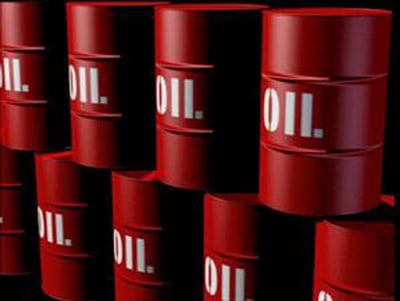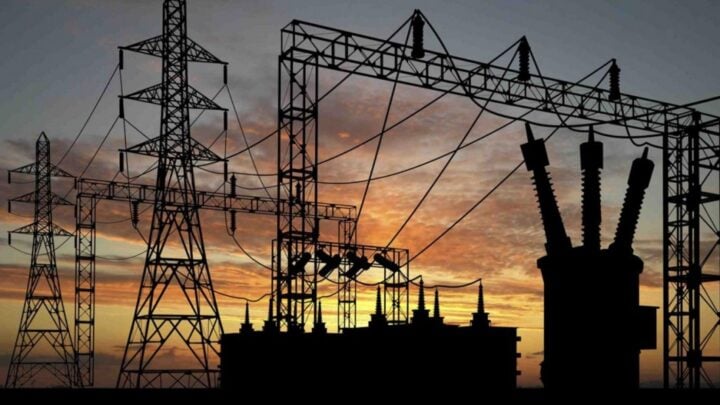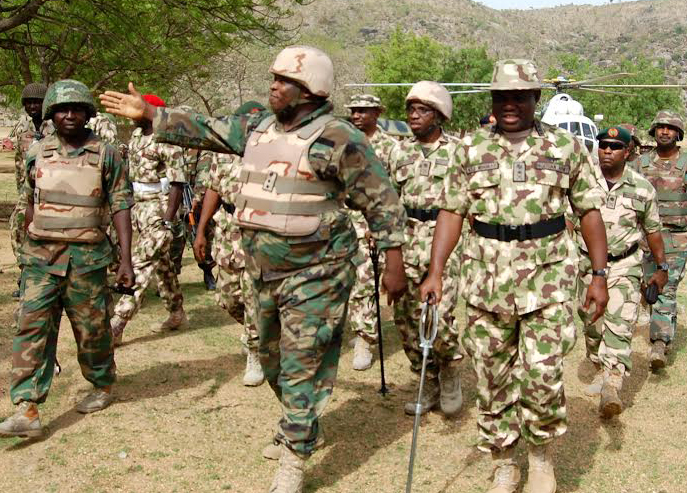The production cut embarked on by members and non-members of the Organization of Petroleum Exporting Countries (OPEC) seems to be having its desired effect, as oil prices rose on Wednesday after Russia joined in the production cut.
Brent crude futures, the international benchmark for oil prices, traded at $55.70 per barrel; an increase of 12 cents from its last closing price.
US West Texas Intermediate (WTI) crude futures rose by five cents to trade at $52.86 per barrel.
In 2016, OPEC began efforts to end a global fuel supply glut,which led to oil prices getting as low as $27 per barrel.
Advertisement
OPEC said it will cut production by 1.2 million barrels per day (bpd) in the first half of 2016, while excluding Nigeria and three other countries from the production cut because of output losses caused by conflicts.
Other producers, who are non-members, pledged to cut production by 600,000 bpd in output.
A recent Reuters survey showed that OPEC’s output fell by over 1 million bpd in January to 32.27 million bpd between December 2016 and January 2017, which is about 80% of the proposed production cut by OPEC.
Advertisement
According to Reuters, Saudi Arabia has reduced output to less than 10 million bpd in January, implementing a bigger cut than it had agreed to set a good example on compliance.
Iran, which was allowed to raise output under the OPEC deal because sanctions had crimped past supply, pumped an additional 20,000 bpd.







